Not So 'Standard' Anymore: The Manual Transmission is Almost Dead

We knew it was happening, but the actual extent of three pedal abandonment remained somewhat elusive. It was more of a feeling than a grim statistical representation. Now we have a number, and it’s dismal.
The Los Angeles Times reports that an Edmunds study has shown that that less than 3 percent of all cars sold in the U.S. come with the transmission that many — ironically — still refer to as a “standard.”
Manual transmissions used to be the only game in town. Even after automatics gained traction in the automotive landscape, the stick typically offered superior fuel economy and a better sense of control. None of this remains true in today’s world of continuously variable transmissions and dual-clutch automatics. (Still great for rocking your car out of deep snow! – Ed.)
While the traditional manual does offer a level of driving involvement that’s impossible to replicate, U.S. automakers haven’t quite made sense of how to effectively market the act of added participation. Edmunds says that 47 percent of all new models sold in the U.S were offered with both automatic and manual transmissions in 2006. That number dropped to 37 percent in 2011 and is only 27 percent today.
The actual number of vehicles leaving the dealership with three pedals is much lower than that. Edmunds senior analyst Ivan Drury claims that the percentage of vehicles leaving the lot with a stick now mirrors third-party election results.
“That number is never going to go back up,” Drury said. “The trajectory is down, headed for zero.”
What happened? A quarter of all vehicle sales in 1992 America were shift-it-yourself and the manual has remained fairly popular in most of Europe and Asia.
Technology tells some of the story. Selecting your own gears no longer yields better economy, a faster lap time, or even a guaranteed lower MSRP. Automakers realized that there was a demand for automatics and kept making them better, for less money. As that demand grew, the U.S. market simply saw fewer sticks.
After a few decades America was left with the manual occupying a niche market and a public that grew up not needing to know how to operate a clutch. If you’re under 30, consider the lengths you had to go to learn to drive stick and how easy it would have been to just not have bothered.
For me, the basics of clutch engagement were learned via years of motorcycle ownership and badgering my father to let me repeatedly stall his Mustang SVT. While I would have preferred something much less daunting to begin on, I didn’t know anyone with a manual Ford Ranger or Civic DX who would let me practice.
That’s an even bigger problem for today’s young drivers — one that’s unlikely to change. Taking an informal survey of 10 local driving schools, the LA Times found only one that offered any instruction on driving stick, with just a single instructor knowing how.
So, that leaves us with a gradually shrinking minority asking for non-automated gear selection and automakers that know it isn’t going to be cost effective. Manual transmissions now appear on two different types of cars: unexciting base models of economy vehicles you hardly see at dealerships (e.g. Chevrolet Cruze), and more impractical enthusiast focused cars (e.g. MX-5). Although, with demand so low, expect the former to eventually dry up in North America while the latter continues to dwindle.
I wrote about how Ferrari claimed its abandonment of the manual transmission was related to performance concerns. And the company’s product marketing chief, Nicola Boari, stated that demand for manual Ferraris was “close to zero.”
While companies like Porsche and Subaru have maintained a loyalty to the three pedal lifestyle, it’s just a matter of time before they fall. After all, Lamborghini doesn’t offer a manual car anymore, either. Neither does Alfa Romeo or Mercedes-Benz. The question isn’t if this trend will continue but more of how long do we have with the classic gearbox design and what manufacturer will the next to abandon it.
[Image: © 2016 Jeff Jablansky/The Truth About Cars]

A staunch consumer advocate tracking industry trends and regulation. Before joining TTAC, Matt spent a decade working for marketing and research firms based in NYC. Clients included several of the world’s largest automakers, global tire brands, and aftermarket part suppliers. Dissatisfied with the corporate world and resentful of having to wear suits everyday, he pivoted to writing about cars. Since then, that man has become an ardent supporter of the right-to-repair movement, been interviewed on the auto industry by national radio broadcasts, driven more rental cars than anyone ever should, participated in amateur rallying events, and received the requisite minimum training as sanctioned by the SCCA. Handy with a wrench, Matt grew up surrounded by Detroit auto workers and managed to get a pizza delivery job before he was legally eligible. He later found himself driving box trucks through Manhattan, guaranteeing future sympathy for actual truckers. He continues to conduct research pertaining to the automotive sector as an independent contractor and has since moved back to his native Michigan, closer to where the cars are born. A contrarian, Matt claims to prefer understeer — stating that front and all-wheel drive vehicles cater best to his driving style.
More by Matt Posky
Latest Car Reviews
Read moreLatest Product Reviews
Read moreRecent Comments
- Kjhkjlhkjhkljh kljhjkhjklhkjh A prelude is a bad idea. There is already Acura with all the weird sport trims. This will not make back it's R&D money.
- Analoggrotto I don't see a red car here, how blazing stupid are you people?
- Redapple2 Love the wheels
- Redapple2 Good luck to them. They used to make great cars. 510. 240Z, Sentra SE-R. Maxima. Frontier.
- Joe65688619 Under Ghosn they went through the same short-term bottom-line thinking that GM did in the 80s/90s, and they have not recovered say, to their heyday in the 50s and 60s in terms of market share and innovation. Poor design decisions (a CVT in their front-wheel drive "4-Door Sports Car", model overlap in a poorly performing segment (they never needed the Altima AND the Maxima...what they needed was one vehicle with different drivetrain, including hybrid, to compete with the Accord/Camry, and decontenting their vehicles: My 2012 QX56 (I know, not a Nissan, but the same holds for the Armada) had power rear windows in the cargo area that could vent, a glass hatch on the back door that could be opened separate from the whole liftgate (in such a tall vehicle, kinda essential if you have it in a garage and want to load the trunk without having to open the garage door to make room for the lift gate), a nice driver's side folding armrest, and a few other quality-of-life details absent from my 2018 QX80. In a competitive market this attention to detai is can be the differentiator that sell cars. Now they are caught in the middle of the market, competing more with Hyundai and Kia and selling discounted vehicles near the same price points, but losing money on them. They invested also invested a lot in niche platforms. The Leaf was one of the first full EVs, but never really evolved. They misjudged the market - luxury EVs are selling, small budget models not so much. Variable compression engines offering little in terms of real-world power or tech, let a lot of complexity that is leading to higher failure rates. Aside from the Z and GT-R (low volume models), not much forced induction (whether your a fan or not, look at what Honda did with the CR-V and Acura RDX - same chassis, slap a turbo on it, make it nicer inside, and now you can sell it as a semi-premium brand with higher markup). That said, I do believe they retain the technical and engineering capability to do far better. About time management realized they need to make smarter investments and understand their markets better.

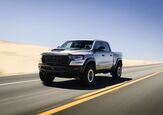
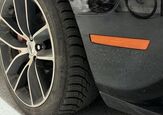
















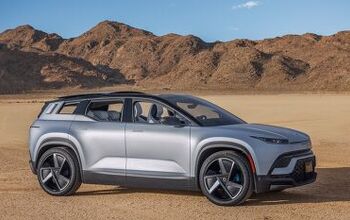
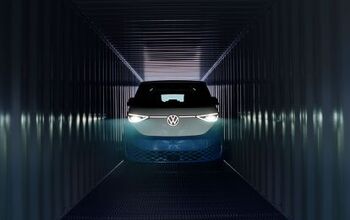
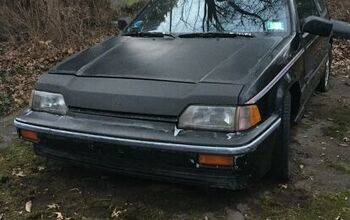
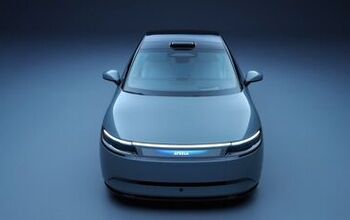
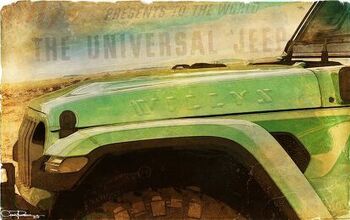
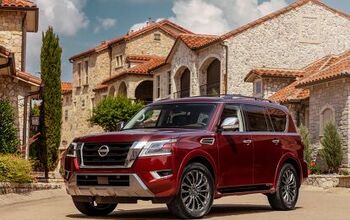
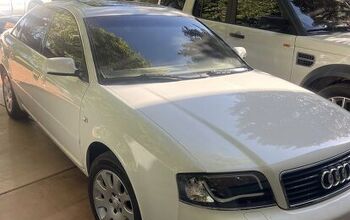
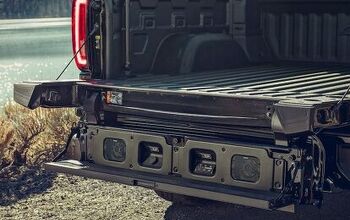
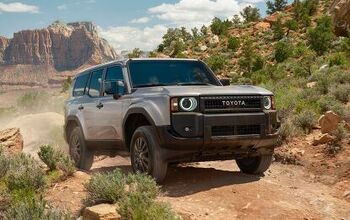
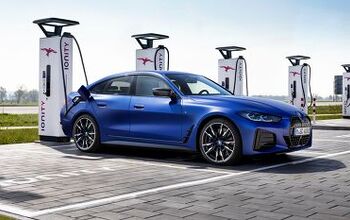

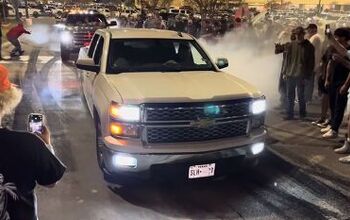
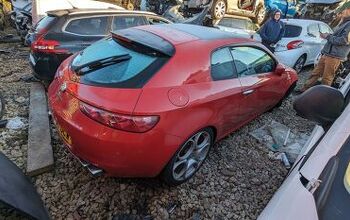
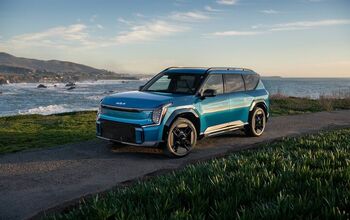
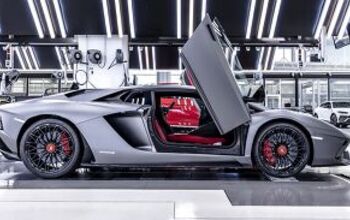
Comments
Join the conversation
It is neither surprising nor specifically saddening. Right from the start people wanted easy-to-use transport appliances to get them out of the mud and out of the village. Henry F gave it to them in a basic affordable way and it's altered history. Cars with automatic braking, rear view televisions, in-car video entertainment centers, lane-drift corrections, PASM etc... NEED to have an indirect link between the driver and the road. Electronic steering, drive-by-wire, autoboxes, and all the driving "aids" aren't options any more, they are current technology that allows an increasing self-absorbed population to drive. It's all part of a societal evolution distancing existence from reality. It's no country for old men.
This whole subject reminds me of a persistent nagging thought; why are there no auto boxes on the giant motorcycle cruisers like the Honda Gold Wing? They surely have enough output and are clearly designed for smooth relaxed, long distance cruising, perfect for an auto box. Anybody know why ?